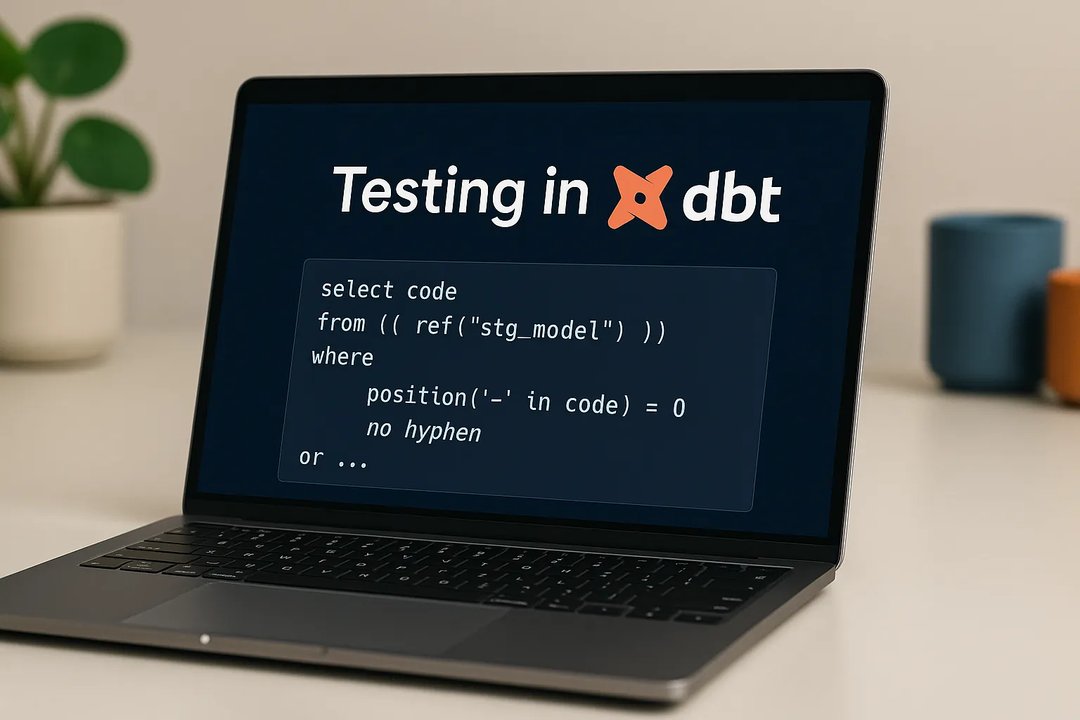
Maria Chojnowska
4 September 2023, 5 min read

What's inside
- What is Asynchronous Programming in Python?
- Understanding the Basics of async and await in Python
- Making Python Code Asynchronous
- Practical Applications of asyncio
- Conclusion
- Contact us
In today's fast-paced software development landscape, responsiveness and scalability are crucial factors. Asynchronous programming in Python has emerged as a powerful technique to achieve these goals, allowing developers to write concurrent and non-blocking code.
In this comprehensive guide, we will delve into the fundamentals of asynchronous programming in Python, shed light on the basics of async await, explore how you can make your Python code asynchronous, and provide a deeper insight into the practical applications of asyncio.
Building upon our recently published article “Asynchronous vs. Synchronous Programming: Which Approach is Best for Your Project?”, this piece aims to demystify asynchronous programming and its relevance in modern software development.
What is Asynchronous Programming in Python?
Let’s start from the beginning. Asynchronous programming is a paradigm that enables a program to execute multiple tasks concurrently without waiting for each task to complete before starting the next one. This technique leverages the asyncio module in Python to manage asynchronous tasks efficiently. The primary goal is to reduce idle time by allowing the program to work on other tasks while certain operations, like I/O operations or network requests, are being processed.
Asynchronous programming is particularly beneficial for I/O-bound tasks, where a significant portion of the time is spent waiting for data to be fetched or transferred. By allowing the program to switch to other tasks during these waiting periods, the overall efficiency of the application increases, resulting in a more responsive and resource-efficient system.
Understanding the Basics of async and await in Python
The async and await keywords are fundamental components of asynchronous programming in Python. When you mark a function as async, it becomes a coroutine, indicating that it can be paused and resumed during its execution. You can use await to call other coroutines and efficiently manage concurrent operations within a coroutine.
The await keyword is used to signify that the coroutine should pause execution until the awaited task completes. During this pause, the event loop can switch to executing other tasks efficiently using system resources. Once the awaited task is complete, the coroutine resumes from where it left off.
By leveraging async and await, developers can write more efficient and readable code without explicitly dealing with callbacks or threads. The simplicity and elegance of these keywords make asynchronous programming in Python accessible even to developers with limited experience in concurrent programming.
| Aspect | async | await |
|---|---|---|
| Function Type | Marks a function as a coroutine. | Used inside a coroutine to call other coroutines. |
| Execution Control | The coroutine can be paused and resumed during execution. | Pauses the current coroutine, allowing other tasks to run. |
| Purpose | Essential for asynchronous programming. | Used to wait for the completion of asynchronous operations. |
| Event Loop | Allows the event loop to switch to other tasks while waiting for operations. | Enables the event loop to execute other tasks during waiting. |
| Concurrency Management | Enables the efficient management of concurrent processes. | Facilitates handling asynchronous operations seamlessly. |
| Usage in Code | Indicates that a function can be asynchronous. | Used within a coroutine to manage the flow of asynchronous code. |
| Coroutines Interaction | Can be used to define coroutines. | Used to call other coroutines within a coroutine. |
| Code Readability | Aids in writing readable asynchronous code. | Enhances code readability by managing asynchronous tasks. |
| Maintainability | Simplifies code by abstracting lower-level concurrency constructs. | Improves code maintainability by handling asynchronous tasks effectively. |
Making Python Code Asynchronous
To make Python code asynchronous, you need to follow these steps:
1. Identify the I/O Bound Operations
Asynchronous programming shines when dealing with I/O bound operations, such as reading and writing files or making network requests. Identify these operations in your codebase, as they are perfect candidates for asynchronous optimization.
2. Use the asyncio Module
Import the asyncio module to access asynchronous features in Python. This module provides an event loop that allows you to schedule and manage asynchronous tasks efficiently.
3. Mark Functions as Coroutines
Transform functions that perform I/O bound operations into coroutines using the async keyword. These coroutines can now be paused and resumed, leading to a more responsive program.
4. Utilize await for Concurrent Execution
Inside the coroutines, replace blocking calls with await, allowing other tasks to run concurrently while the awaited operation is in progress.
5. Run the Event Loop
Use asyncio.run() to execute the event loop, which will manage all your asynchronous tasks and ensure their proper execution.
Practical Applications of asyncio
The asyncio module provides several powerful tools and functionalities to manage asynchronous programming in Python. Some practical applications of asyncio include
1. Web Scraping.
Web scraping often involves making numerous HTTP requests and parsing the responses, which can be time-consuming. By utilizing asyncio and aiohttp library, developers can significantly speed up web scraping tasks and extract data more efficiently.
2. Network Servers.
Building network servers with asyncio allow handling multiple client connections concurrently without needing many threads or processes, resulting in better performance and resource utilization.
3. Real-time Applications.
Asyncio is well-suited for real-time applications like chat systems and online gaming, where responsiveness and low latency are critical for a seamless user experience.
4. Database Operations.
Asynchronous database queries with asyncio and database drivers like aiomysql or aiopg can improve the overall responsiveness of applications that involve extensive database interactions.
Conclusion
Asynchronous programming in Python, driven by the asyncio module, offers an elegant solution for concurrent and non-blocking code execution. By understanding the basics of async await and leveraging the asyncio capabilities, your software can become more responsive and scalable. Embracing asynchronous programming empowers your development team to handle heavy workloads efficiently, resulting in faster and more reliable software products.
As high-level executives, incorporating asynchronous programming into your organization's technology stack can enhance productivity, reduce response times, and improve user experiences. Embrace the power of asynchronous programming to drive your software projects toward success.
Check our previous article Best Practices for Web Crawling and Scraping, in which answered the following questions:
- Is web crawling and scraping legal?
- Is web scraping the same as crawling?
- What is the best way to scrape a website?
- What is the etiquette for web scraping?
Contact us
If you require professional guidance or assistance in implementing asynchronous programming in your organization, our expert team at Sunscrapers is ready to help. Reach out to us today to explore how our services can elevate your software development process and maximize your business potential.
Together, let's unlock the full potential of asynchronous programming in Python and revolutionize your software solutions!


